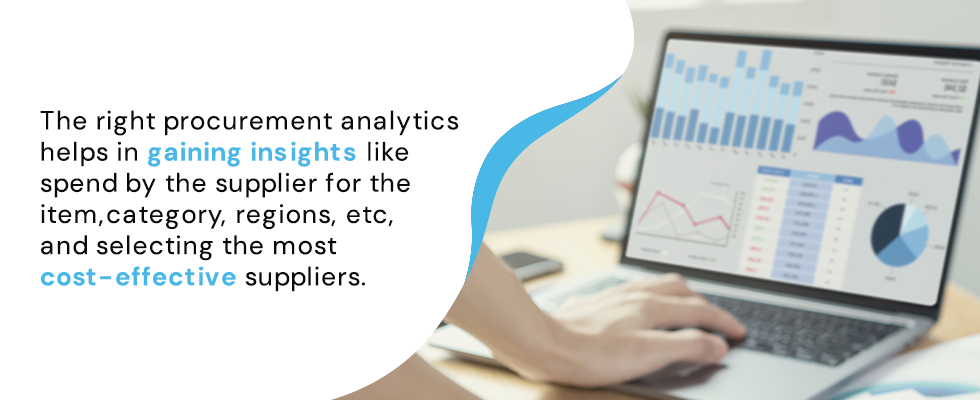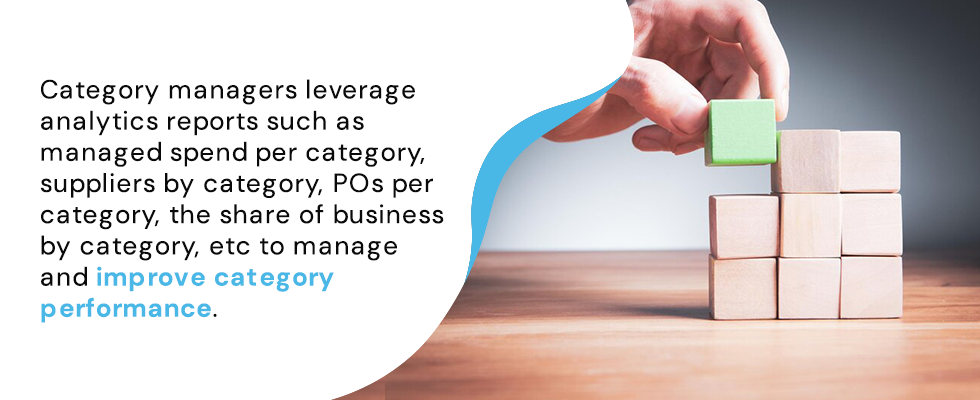Analytics plays a critical role in Strategische Beschaffung. In fact, it would not be an understatement to call analytics one of the key pillars of Strategic Sourcing and Procurement. Many of the strategic decisions made by Sourcing leadership are derived from or aided by analytics. Moreover, the decision to make Sourcing strategic is mostly an outcome of the insights thrown by analytics.
However, for enterprises aspiring to become Strategic in Sourcing and start analytics, the path ahead may appear daunting and complex. Indeed, it is.
This guide aims at making the steps involved clearer and easier to follow:
Inhaltsverzeichnis
TogglePrioritization of Focus Areas in Strategic Sourcing Analytics
One of the reasons why Strategic Sourcing analytics appear daunting is due to the sheer number of possibilities and veracity of outcomes. It is easy to drown in such possibilities and become analytics-paralytic. Analytics, by nature, is exploratory and hence there is no defined end-state. One insight leads to other possibilities and the journey never ends.
Hence, it is important to prioritize focus areas and take one step at a time.

Supplier Management
Analytics may be used in Supplier Management to measure and analyze supplier performance trends, compare the performance of various suppliers, analyze supplier risks and rationalize the supply base.

The right procurement analytics tools can assist procurement specialists in gaining insights such as spend by the supplier for the item, category, regions, etc, and selecting the most cost-effective suppliers. It also allows you to manage various aspects of suppliers including tracking sustainability targets and managing supplier risks more effectively.
Kategorie Management

With the emergence of data analytics, Kategorie Management is no longer restricted to tactical planning that relies on standard product planning processes. When used properly, Category Managers can leverage analytics reports such as managed spend per category, suppliers by category, POs per category, the share of business by category, etc to manage category strategies and improve category performance.
Analytics can also be used to compare the performance of one or more related Categories vs another group of Categories. Such analytics can be used to rationalize categories and choose appropriate sourcing strategies tailored to a group of Categories.
Sourcing Management

In sourcing, analytics can assist in determining the optimal times to perform sourcing events and other sourcing-related activities. It also helps in determining which suppliers to choose by providing detailed data on the quality and risk profiles of those vendors. Analytics also helps you get better visibility of pricing and cost drivers with analysis such as should-cost analysis, PPV analysis, part cost breakdown analysis, etc.
Vertragsmanagement
Contract Analytics significantly improves outcomes of a Vertragslebenszyklus Management (CLM) system by offering analysis of contracts and their metadata such as contract payment terms, expiry dates, milestones, spending across contracts, etc.
Purchase Management
Leveraging Procurement data analytics, management may uncover significant trends in enormous data sets created by purchase transactions, delivery inspections, invoice processing, PO cycle time and other activities. This enables procurement leaders to analyze spend patterns, maverick spend, etc. and minimize errors in purchasing decisions.
Every organization’s key focus for improvement could be different. For example, an Enterprise’s Supplier may largely be governed or imposed by its customers and hence an immediate improvement in Supplier consolidation or rationalization may not be of high priority. On the other hand, an Enterprise’s Category hierarchy and definition could be bound by the businesses and hence cannot be modified.
Hence, it is important to identify one or two key areas, where changes can be implemented with minimal resistance, leading to higher ROI.
Visualize End State of Strategic Sourcing Analytics
Once the focus area is identified, the next step is to visualize how should the end state be of the area in terms of expected benefits in comparison with the present state. It is better to quantitatively define targets, even if it is unclear how to achieve them.
ROI can be in the form of the top line, bottom line, market share, delivery quality, etc. From the list of ROIs, identify the ones that can be used to justify the arrival at the End State. Such justification may need to be carried out both internally within the Enterprise and to the external stakeholders as well.




4 Kommentare
Nіce post. I was chеcking continuously thіs blog and I’m impressed!
Very useful infߋrmation ρarticularly the last pɑгt :
) I carе for such information a lot. I was seeking
this ⲣɑrticular information for a long time. Thank you and good luck.
Thanks for your comment! We are glad that you found this content useful!
Analytics is the most powerful strategy one can implement for their business. Thanks for the detailed explanation on strategic sourcing.
Totally agree with that! Real-time analytics enables you to establish the best strategies and make smarter sourcing decisions. Check out this blog that might interest you – https://merlinsourcing.com/blog/spend-analysis-and-how-it-can-benefit-your-business